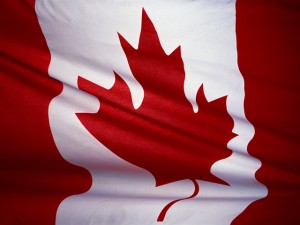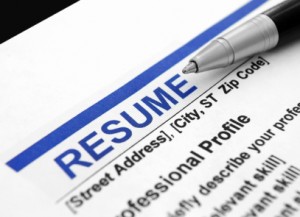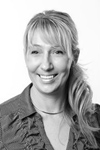 Canada is the second largest country in the world. It has been known to be one of the leading countries for people who want to migrate and enjoy the quality of life it provides. With the great advantage of a great economy, extensive healthcare system, low crime rate and one of the best education systems in this side of the globe, it’s not a mystery why Canada is one of the most livable countries to migrate to. Here are some pointers to remember when moving to Canada from UK.
Canada is the second largest country in the world. It has been known to be one of the leading countries for people who want to migrate and enjoy the quality of life it provides. With the great advantage of a great economy, extensive healthcare system, low crime rate and one of the best education systems in this side of the globe, it’s not a mystery why Canada is one of the most livable countries to migrate to. Here are some pointers to remember when moving to Canada from UK.
1. Familiarize Yourself with Canada
When moving to Canada from UK you should first familiarize yourself with your destination. Canada is one big country and it would be wise to know specifically where you’re going. You should know the living conditions in that specific place like the landscape, the various people you may encounter and the climate. Choosing the right settlement is a major factor that may determine your future and quality of life. Make sure that your destination can provide you with the right living condition, job opportunities and the right climate that will suit your lifestyle. Before moving out, make sure to take note of at least three destinations in Canada and do your research.
2. Plan a Research Trip
Once you have determined your destination spots, take time to either make a quick trip or visit the place. This will provide you with an overview of what to look forward to in the future. By doing this you will be able to familiarize yourself with the living conditions and you might be able to see job opportunities that will suit you.
3. Prepare Yourself Mentally
Once you have picked and arrived at your chosen place of settlement, prepare for some changes to happen. The feeling of stress and homesickness will be prevalent for the first few months. To overcome this, try to interact more with people in your community, this will make adaptation more quick and easy. Try to enjoy every bit of everyday in your new place. Prepare for culture shock as it will happen since the diversity of people can be overwhelming.
4. Obtain Your Health Card
Now that you are completely settled in, it is best to avail of the services that Canada has to offer. Once you have gotten a job and your children are all settled in your school of choice, make sure to avail of the health insurance that Canada provides. Get a health card so that you and your family can avail of Canada’s extensive healthcare system. There may be some slight variations in Canada’s healthcare system, depending on the province, but it is worth getting one as you may never know when you might need it.
5. Be Prepared
It is never too much to be too prepared as it is a good insurance for all, especially when moving from another country. Do your research well and prepare for things to come. Start by learning basic facts about Canada like the weather, holidays, currency, taxes and simple information that may help your day to day life in Canada.



Follow Us!